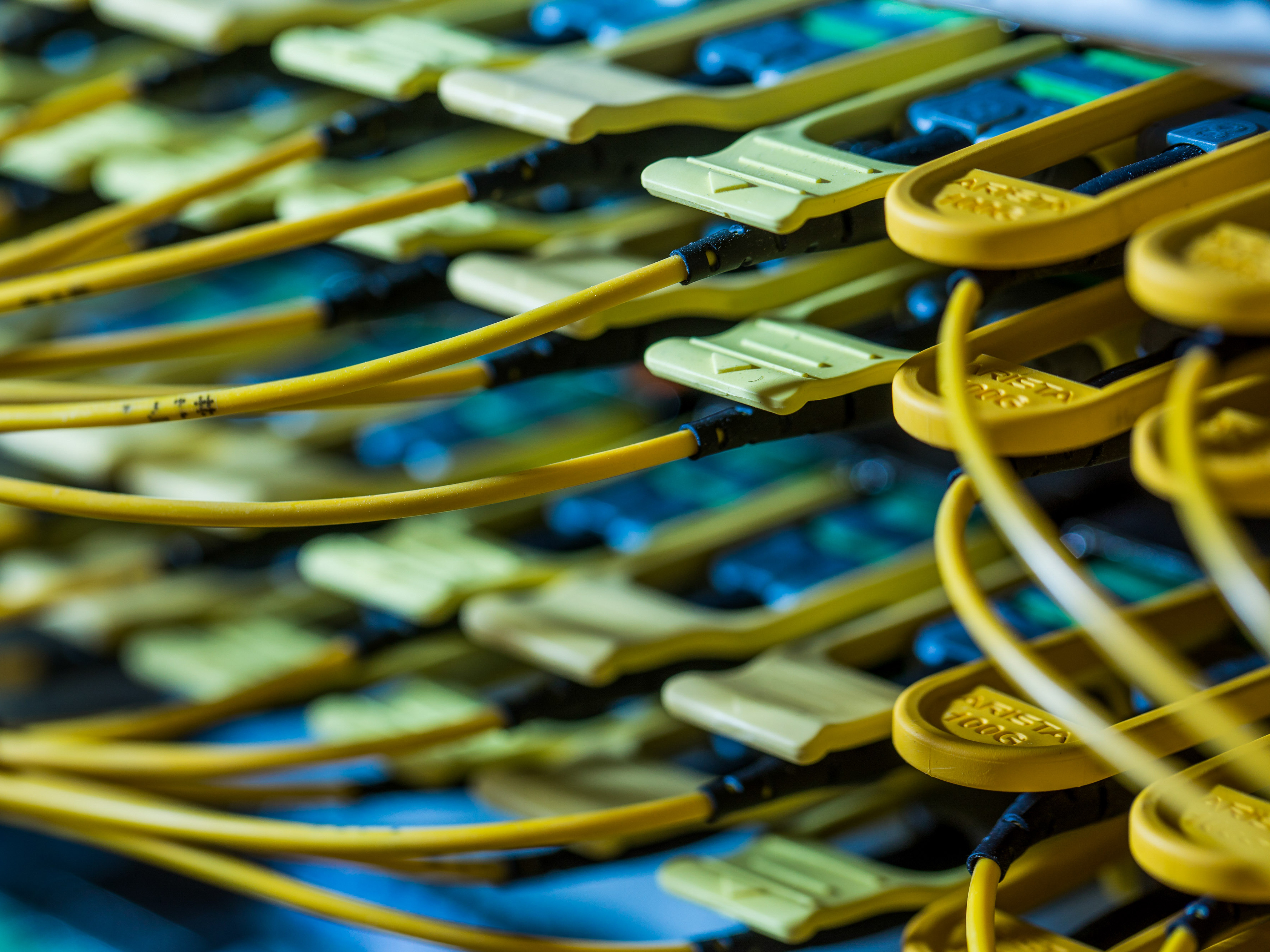
Visit Our Sponsors |
|
|
|
|
|
|
|
|
|
|
|
|
|
|
|
|
|
|
|
|
|
|
|
|
|
|
|
|
|
|
|
|
|
|
|
|
|
|

The $9tr business of financing global trade needs to go digital, according to southeast Asia’s second-biggest lender.
Forgers have become so adept at faking documents used by banks that going paperless has become a necessity for the industry, said Ng Chuey Peng, managing director and head of global commodities finance at Singapore’s Oversea-Chinese Banking Corp Ltd., the region’s second-biggest bank by assets. Digitalization will also make the financing process more efficient, she said.
“Trade finance is due for a transformation,” Ng, who has over 20 years experience in commodities, said in an interview in Singapore. “Going paperless has to happen.”
In the high-tech world of financial markets, the continued use of paper receipts in trade finance looks arcane. While some processes are already being digitalized and banks and commodity traders are experimenting with blockchain technology, paper documentation remains widespread and the risk of fraud elevated.
As much as 80 percent of global flows of merchandise — worth about $9tr — is financed by some form of credit, guarantee or insurance, according to a global survey by the International Chamber of Commerce. Trade finance revenues were $39bn in 2017.
Paper Prevails
Paper is used throughout the process to establish the existence, ownership and payment of goods. The documents, including bills of lading, customs notices, inspection certificates, invoices and warehouse receipts, also track the origin and whereabouts of the merchandise and are critical for banks lending money to finance the trade.
Forgeries are “so good that you can’t tell the difference,” Ng said. “The color, the watermark is exactly like the original.”
Simon Collins, the co-founder of online trading platform TradeCloud Services Pte describes the documents used in commodities trading as “paper bridges” that link together disconnected systems in the trading process.
“These paper documents are open to manipulation in various ways,” said Collins, who was formerly head of metals at Trafigura Group. “This is high-risk given the large transaction size in the commodities industry. Digitalization, with a high level of security, can significantly reduce these risks.”
Qingdao Scam
Some recent high-profile cases of fraud involving commodities highlight the threat.
In one of the industry’s most notable scams, Standard Chartered Plc. and Citigroup Inc. in 2014 lost millions after forged warehouse receipts for metal held in a Chinese port were used multiple times to raise finance. Two years ago, Australia & New Zealand Banking Group Ltd. said it suffered substantial losses from forged receipts for nickel.
All three of those banks are now involved in initiatives to reduce fraud in trade finance through technology. Along with four other lenders they have started a pilot platform to share information on small- and medium-sized companies seeking access to finance, allowing them to cross-check information about potential creditors and help speed up decision-making. OCBC itself is working on projects “that leverage technology in order to reduce the use of paper in commodities trade finance,” Ng said, without giving further details.
Some of the biggest lenders are also teaming up with commodity traders to improve efficiency and security through technology. In September, trading giants Mercuria Energy Group Ltd. and Gunvor Group joined forces with Royal Dutch Shell Plc and a slew of banks to create Komgo SA, a trade-finance venture that’s developing a digital ledger-based system to track transactions using blockchain technology.
Many of the same companies are also involved in the Vakt venture that went live last year, using blockchain to trade crude, while the London Metal Exchange is reported to be behind another project called Forcefield that uses the technology to track physical metals trade.
Cyber-Crime
Cyber-crime is also an increasing threat as fraudsters become more sophisticated, according to Collins at TradeCloud, which uses blockchain technology to enhance security on its platform.
“The problem is getting worse,” he said in an email. “Many of the people we have talked to have openly admitted that they have been the victim (or attempted victim) of cyber-crime. In particular the industry needs to draw itself away from email when it comes to transmitting sensitive information and move to a more secure messaging system.”
In addition to preventing fraud, technology creates a “tighter” payment system, said Ng. “If payment becomes so short, the financing cycle may be shorter,” she said, adding that she would then question the relevance of letters of credit, a document issued by one bank to another to serve as guarantee for payments.
Prior to joining OCBC when it started its commodity finance team in 2014, Ng was an executive director at ABN AMRO Bank N.V., and first got her start in commodity financing at Dutch bank MeesPierson N.V.
OCBC has tripled the number of trade finance customers since it started the unit in 2014, according to Ng, who declined to give a precise number. The bank will formalize a Hong Kong team and a U.S.-based staff this year, she said.
Ng is unsure when the widespread adoption of technology in trade finance will happen. “Blockchain, Komgo, Forcefield, Vakt, one of these will have to work to change how trade is being done,” she said. “It’s a matter of time. When, I can’t tell, but I think it has to go paperless.”
RELATED CONTENT
RELATED VIDEOS
Timely, incisive articles delivered directly to your inbox.

